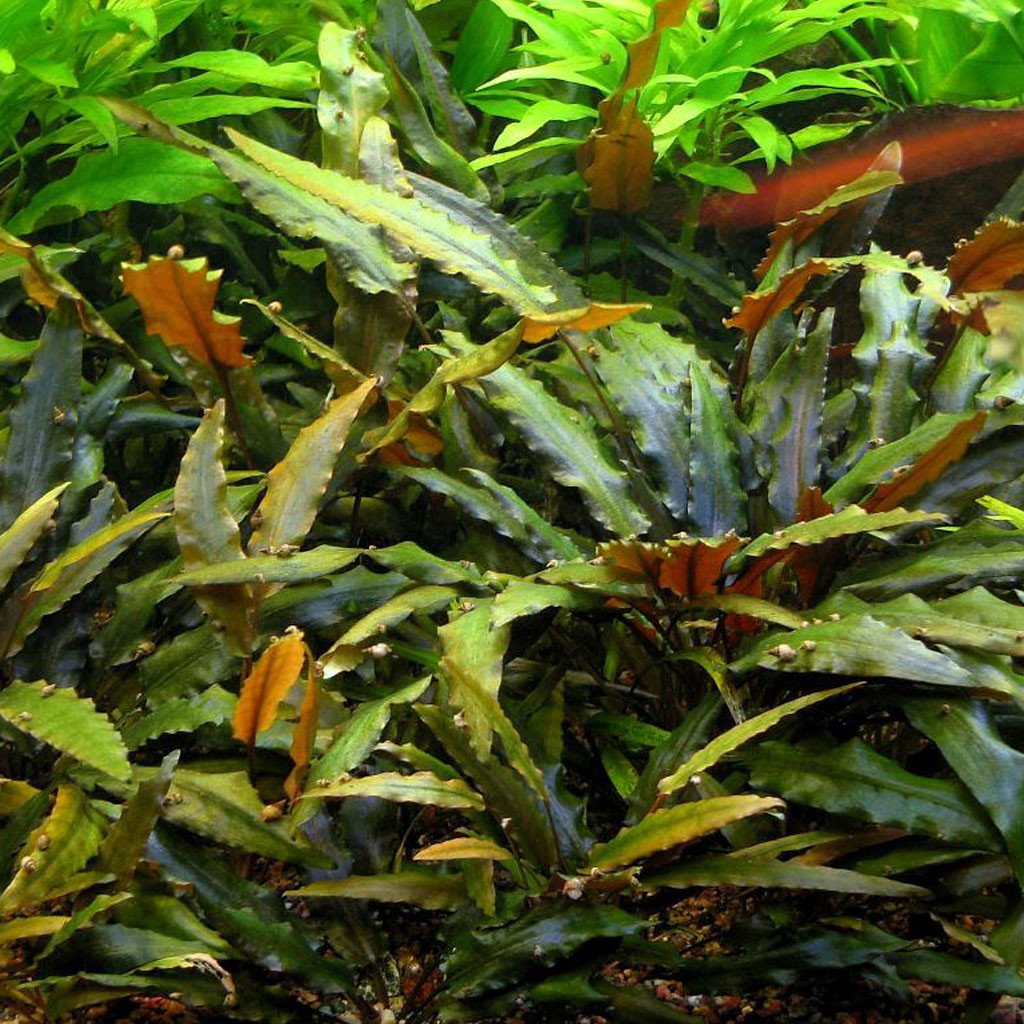
Tap Water vs. RO Water: What’s Best for Your Tank?
When you're starting—or upgrading—an aquarium, one of the most overlooked decisions is what kind of water to use. Tap water might be the obvious choice, but many hobbyists and breeders swear by RO (reverse osmosis) water.
So… which one is better?
Let’s break down the differences, and help you figure out what’s best for your tank—and your fish.
💧 What Is Tap Water?
Tap water is the water that comes straight from your home faucet. It’s treated by your local city to be safe for human use, meaning it contains additives like chlorine or chloramine, and varying amounts of minerals, heavy metals, and pH buffers depending on your region.
Pros:
-
Convenient and cheap
-
Contains minerals that are beneficial to some fish and plants
-
Easily conditioned with dechlorinators
Cons:
-
May contain chemicals or metals harmful to delicate fish or shrimp
-
Can have unstable pH or hardness depending on your area
-
Not suitable for soft-water fish without modifications
💧 What Is RO Water?
RO (Reverse Osmosis) water has been filtered through a membrane that removes up to 99% of all dissolved solids, including minerals, metals, and contaminants. You’re left with nearly pure H₂O.
Pros:
-
Ultra-clean, consistent water quality
-
Perfect for soft-water fish like Discus, Apistogramma, or wild-caught species
-
Gives you total control over pH, GH, and KH
Cons:
-
Lacks minerals — must be remineralized before use
-
Requires an RO unit or regular purchase of RO water
-
More expensive and time-consuming
🧪 So Which Should You Use?
It depends on your setup:
✅ Tap Water is Best For:
-
Hardy community fish (guppies, mollies, tetras, etc.)
-
Planted tanks using fertilizers and CO₂
-
Hobbyists who want a simple, low-maintenance routine
-
Tanks where your tap parameters match your fish’s needs
Just make sure to use a water conditioner like Seachem Prime or API Tap Water Conditioner to remove chlorine/chloramine before adding it to your tank.
✅ RO Water is Best For:
-
Sensitive or wild-caught species
-
Breeding projects where stable, soft water is crucial
-
Tanks where your tap water is too hard, too unstable, or has dangerous levels of metals
-
Saltwater aquariums (RO/DI water is standard)
If you're using RO water, you must add back essential minerals using products like Seachem Replenish or Salty Shrimp GH/KH+ to prevent osmotic stress in fish.
💬 Final Verdict
If your tap water is consistent and your fish are hardy — tap water is perfectly fine and easy to manage.
But if you're keeping sensitive species, breeding fish, or your tap water is unreliable — RO water gives you full control and long-term peace of mind (as long as you remineralize it properly).
Still not sure? Test your tap water's pH, GH, and KH, and compare them with the natural needs of your fish. Your water doesn’t have to be perfect — it just needs to be stable.
Need help choosing a remineralizer or testing kit? Let us know — we're happy to help you build a healthier, more confident aquarium routine.





